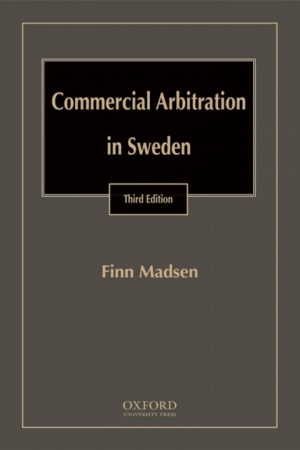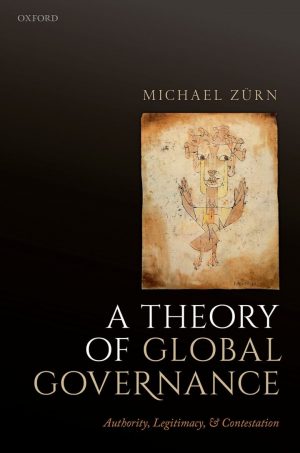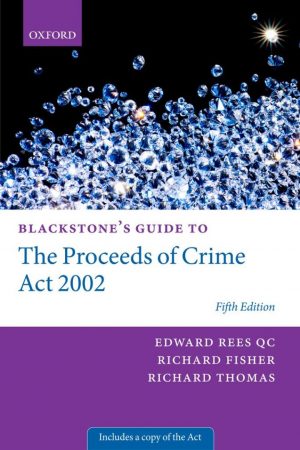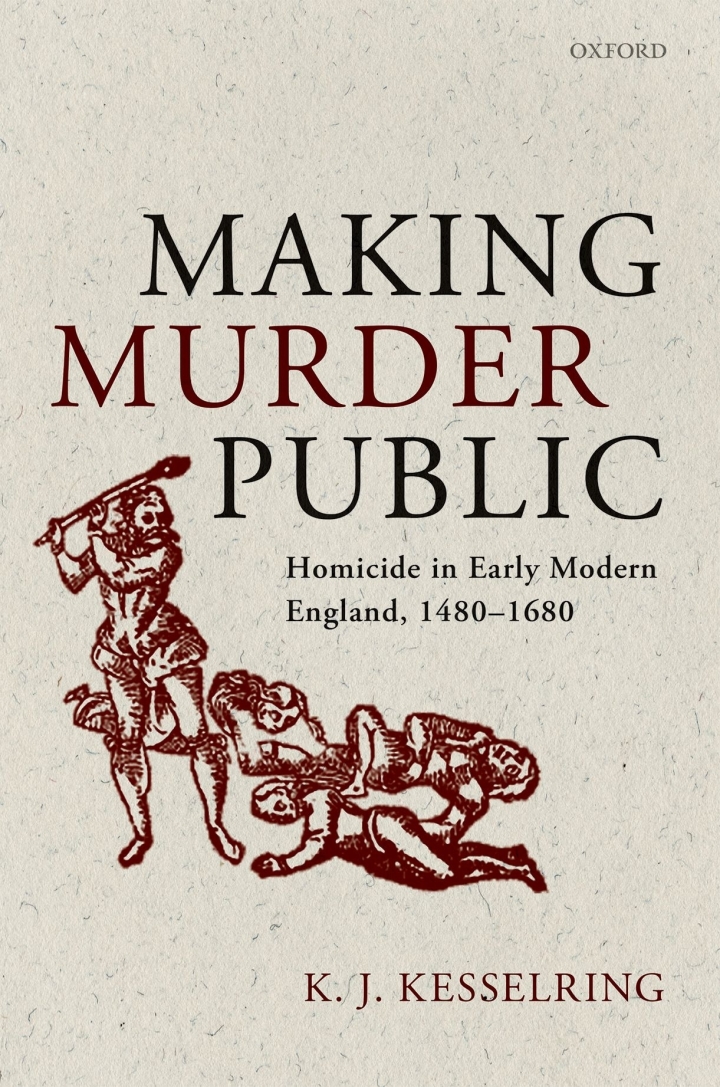Making Murder Public Homicide in Early Modern England, 1480-1680
$13.65
Attention: This is just ebook, Access Codes or any other Supplements excluded! / File Delivery: Sent Via Email within 24 hours!
SKU: cc0f01e2d6eb
Category: Law Textbooks
Description
-
Author(s)K. J. Kesselring
-
PublisherOUP Oxford
-
FormatPDF
-
Print ISBN
9780198835622, 0198835620 -
eText ISBN
9780198835622, 0198835620 -
Edition
-
Copyright
- Details
Homicide has a history. In early modern England, that history saw two especially notable developments: one, the emergence in the sixteenth century of a formal distinction between murder and manslaughter, made meaningful through a lighter punishment than death for the latter, and two, a significant reduction in the rates of homicides individuals perpetrated on each other. Making Murder Public explores connections between these two changes. It demonstrates the value in distinguishing between murder and manslaughter, or at least in seeing how that distinction came to matter in a period which also witnessed dramatic drops in the occurrence of homicidal violence. Focused on the ‘politics of murder’, Making Murder Public examines how homicide became more effectively criminalized between 1480 and 1680, with chapters devoted to coroners’ inquests, appeals and private compensation, duels and private vengeance, and print and public punishment. The English had begun moving away from treating homicide as an offence subject to private settlements or vengeance long before other Europeans, at least from the twelfth century. What happened in the early modern period was, in some ways, a continuation of processes long underway, but intensified and refocused by developments from 1480 to 1680. Making Murder Public argues that homicide became fully ‘public’ in these years, with killings seen to violate a ‘king’s peace’ that people increasingly conflated with or subordinated to the ‘public peace’ or ‘public justice.’
Related products
-

Challenging Acts of International Organizations Before National Courts 1st Edition
Rated 0 out of 5$43.88 Add to cart -

Commercial Arbitration in Sweden 3rd Edition
Rated 0 out of 5$146.25 Add to cart -

A Theory of Global Governance Authority, Legitimacy, and Contestation
Rated 0 out of 5$12.35 Add to cart -

Blackstone’s Guide to the Proceeds of Crime Act 2002 5th Edition
Rated 0 out of 5$34.12 Add to cart

